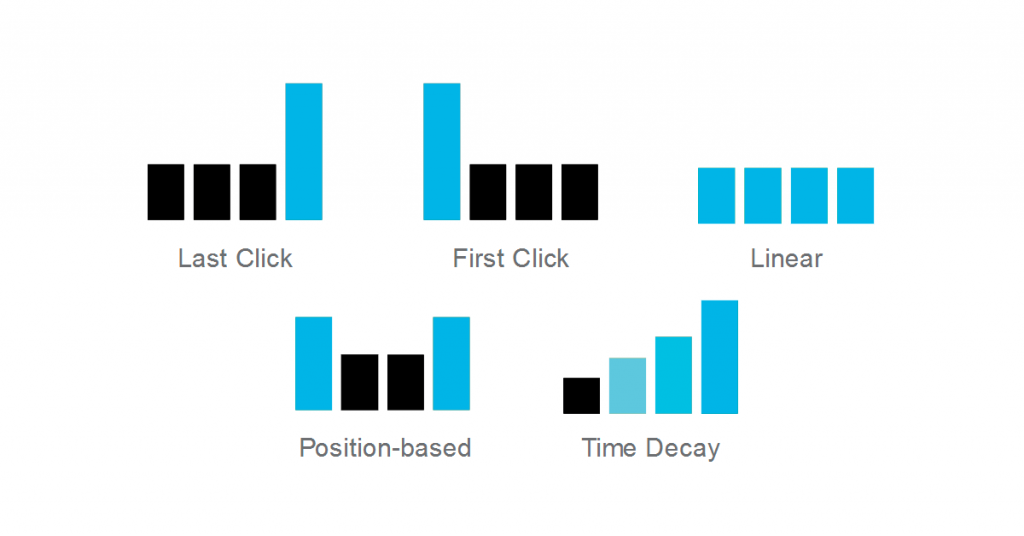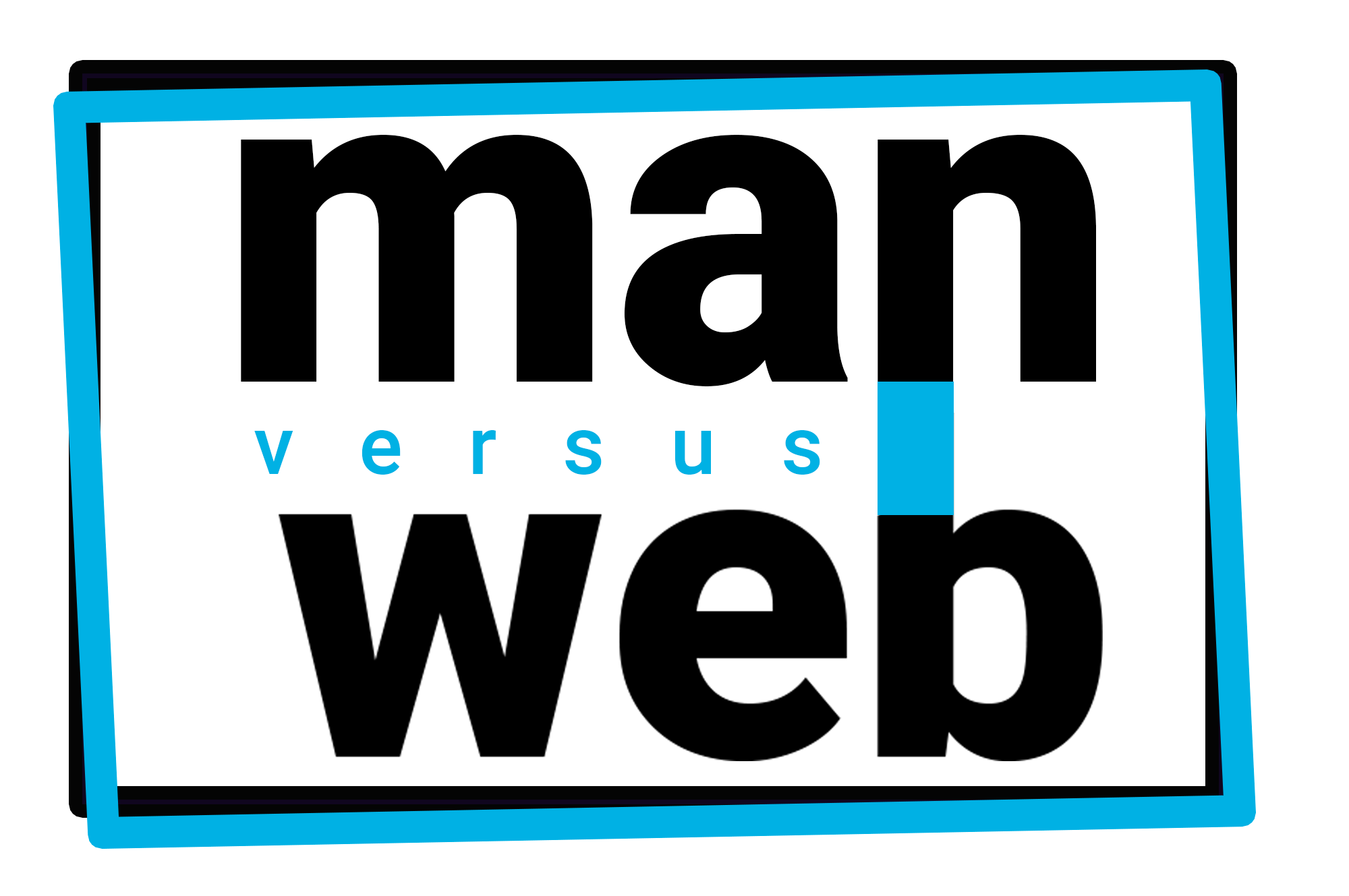
What is attribution modelling and why should you care?
Let’s imagine an ideal world where I sell televisions online. I have a model priced at 1400 euros. In this perfect world I’d put out Facebook ads, search engine ads and maybe even some display banners. Someone might click on one of these ads, see the offer, and immediately purchase my television.
In traditional ads reporting, it’s the last click before the sell that gets all the credit, even if that person saw other ads for my product before.
Unfortunately, this is indeed an idealisation. Research shows less and less people purchase immediately after being triggered by an ad. A whopping 92% of people visiting a retailer site for the first time, aren’t ready to buy. People often need some time to think it over. Yet, when looking at banner reports, this reflection time isn’t calculated in the ROI (Return On Investment). Indeed: in traditional ads reporting, it’s the last click before the sell that gets all the credit, even if that person saw other ads for my product before.
Last click attribution
Giving all credit to the last click is called “last click attribution” and was the standard for a long time. Today, as the above example shows, this view is outdated. There are new ways to give value to the sequence of ads that were clicked to calculate a more correct ROI. These are called attribution models.

The persuasion game
Persuading someone to buy my television takes some time. Someone might see my ad while at work, takes a mental note to have a look when he’s off, forgets and is reminded upon seeing a remarketing ad. Someone might fight his impulsive urges and needs 4 or 5 ads to feel convinced he wants my television… everyone is different, and there are many ways to give value to ads.
The above figure shows the most common attribution models. In general, the most used one is the position-based model, which gives 40% credit to the first and last click, and 20% to the other clicks. In this model the first contact with my television is important, as well as the one where I purchase. Makes sense, no?
The key takeaway
If you already do conversion tracking, meaning you know the ROI of your ads in terms of actual online sales revenue: good job! But you can do a great job by ditching the last click attribution model and choosing a a model that better represents the reality of online purchase behaviour.
Want some help with conversion ads and tracking? We’re here for you. Feel free to contact us.
